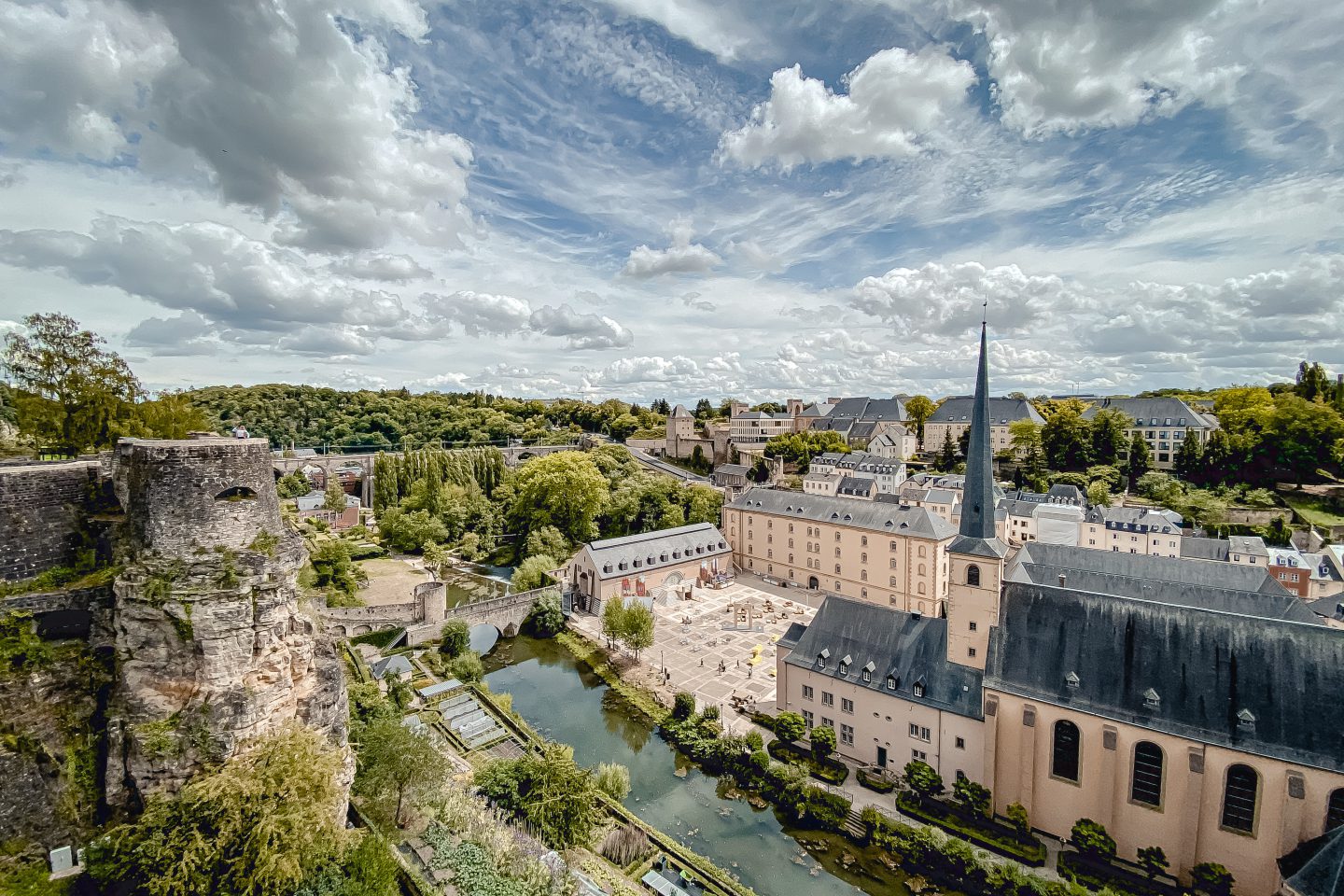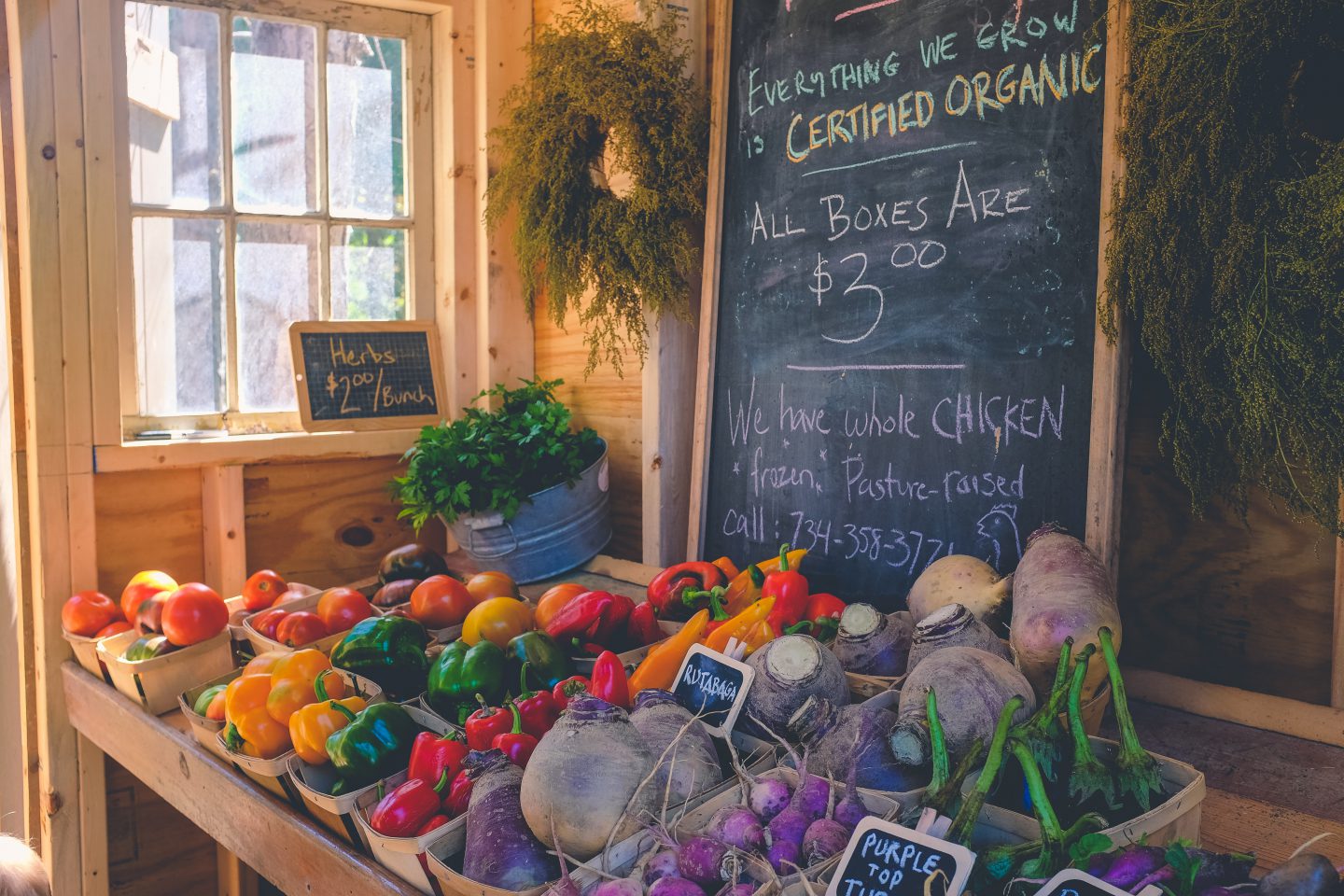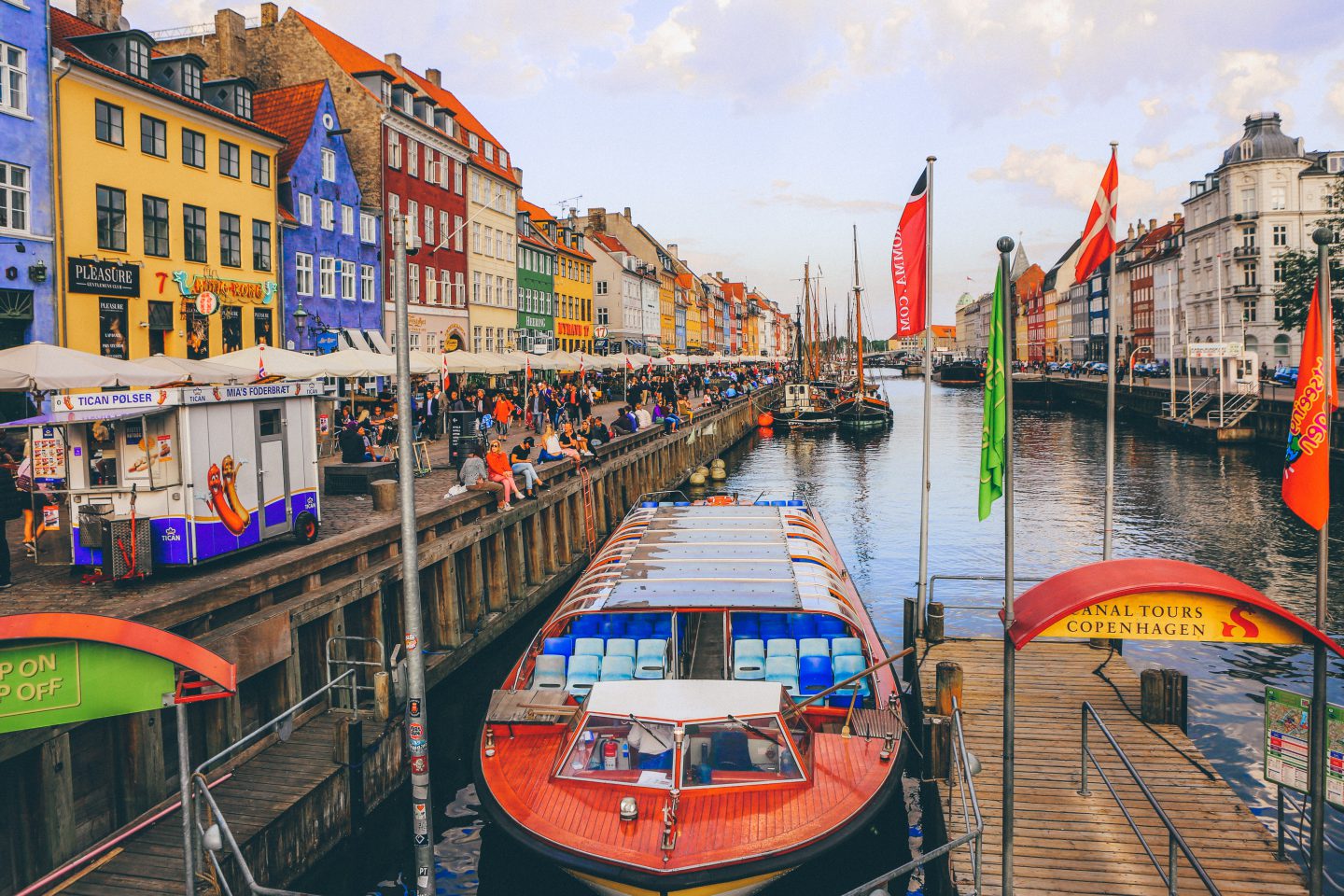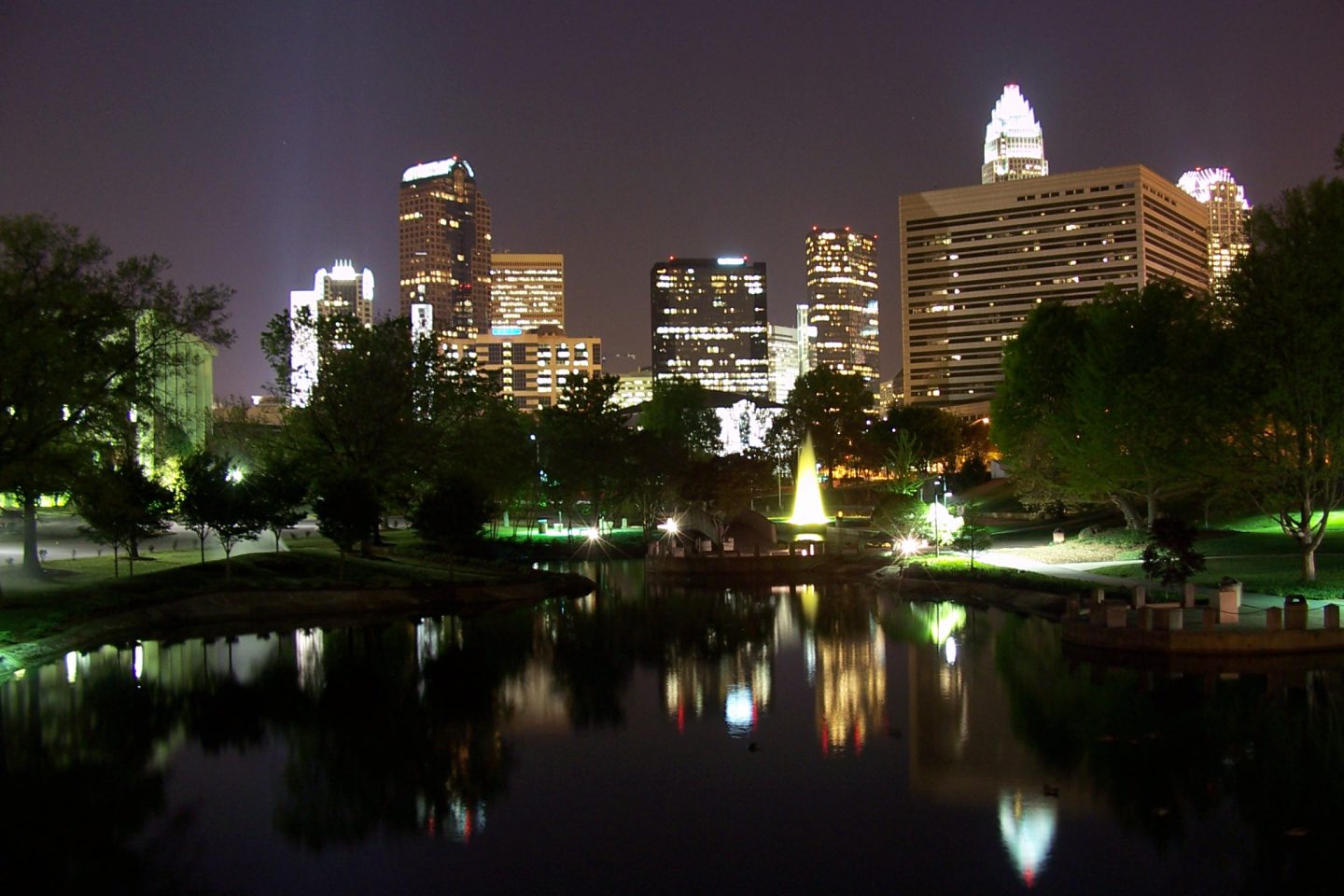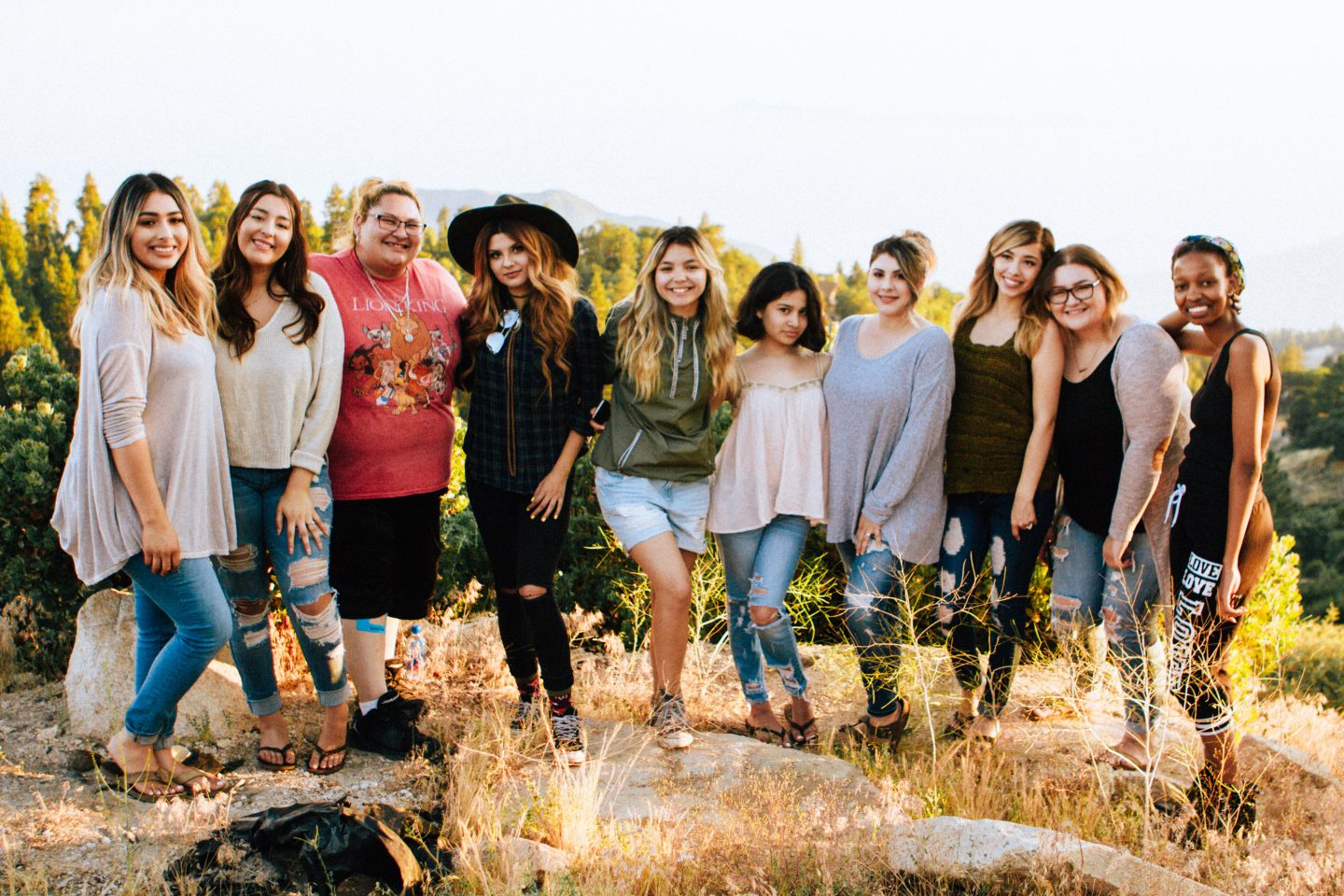Thousands of commuters travel to Luxembourg every day. Their cars and trucks clog the roads and pollute the air. But in an effort to combat climate change, this is coming to an end. Starting March 1, 2020, Luxembourgers will be able to travel by bus, tram and train – completely free of charge.
Luxembourgers will no longer have to buy tickets when using public transport in the country, and tourists will not pay a cent either. This makes Luxembourg the first country in the world where public transport is free. Just those passengers who want to travel first class will have to pay for their journey.
The whole thing will cost 41 million euros. Furthermore, the state will invest more than 2 billion euros in rail expansion by 2023. The personnel behind the ticket counters and the ticket inspectors are to be deployed in passenger service.
Read more →

